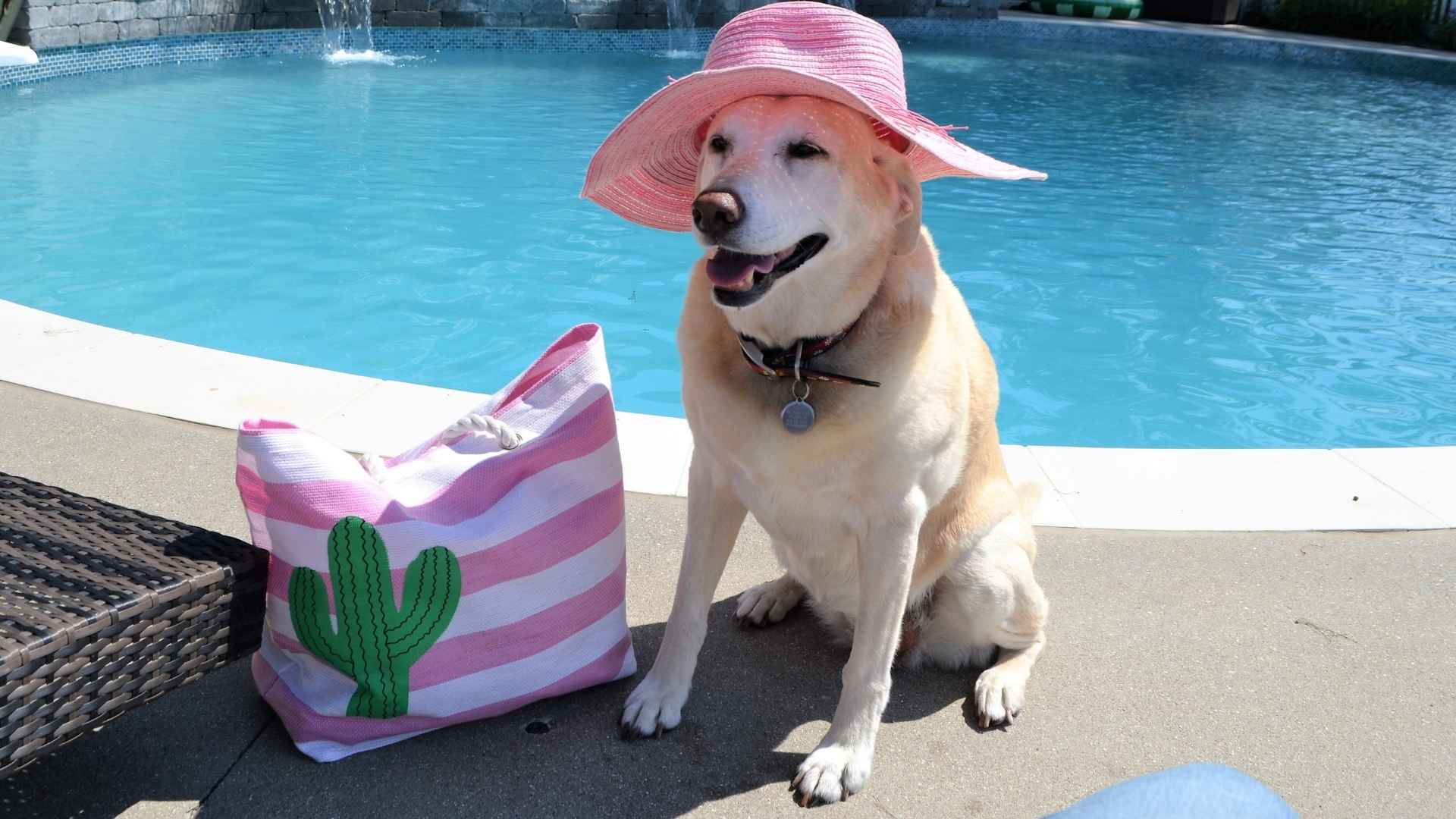Got a paddleboard, a lake nearby, or a beach-loving soul? You might be the perfect match for a dog who loves the water as much as you do. Some dogs are natural swimmers, bred for retrieving, diving, and splashing through waves with boundless energy.
If you’re looking for a canine companion who’s always ready for aquatic adventures—be it boating, dock diving, or just an enthusiastic dip in the pool—this is for you.
We’ve rounded up the best dog breeds for water sports, from the classic water-loving retrievers to unexpected splash stars.
Whether you’re training for a dock diving competition or just want a buddy for your beach day, these breeds combine athleticism, bravery, and a big love for H2O. Dive in and discover your new adventure dog!
Dog Breeds For Water Sports
1. Labrador Retriever
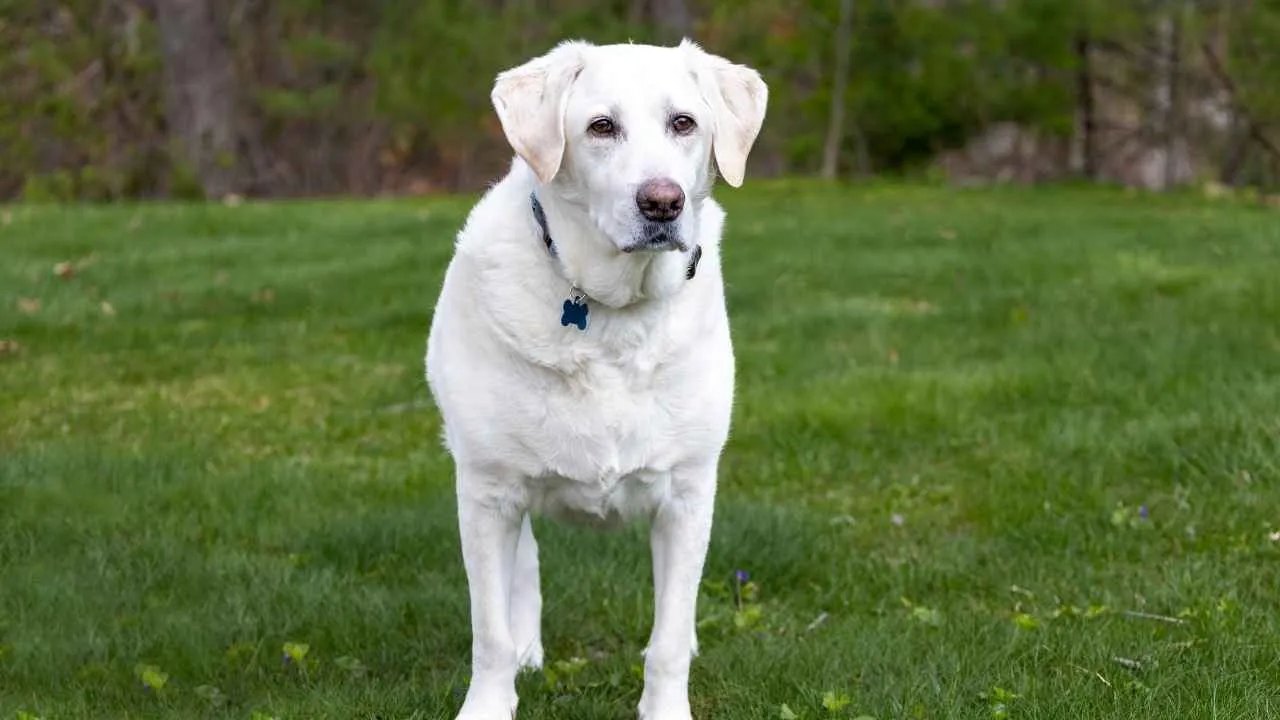
If there’s one dog breed that was practically engineered for water fun, it’s the Labrador Retriever. These guys don’t just enjoy a swim—they throw the biggest pool party every time they hit the water.
Golden Retrievers are among the most popular dog breeds in the U.S., and it’s easy to see why—they’re intelligent, loyal, easy to train, and incredibly affectionate nature. Often affectionately referred to as “Goldens,”
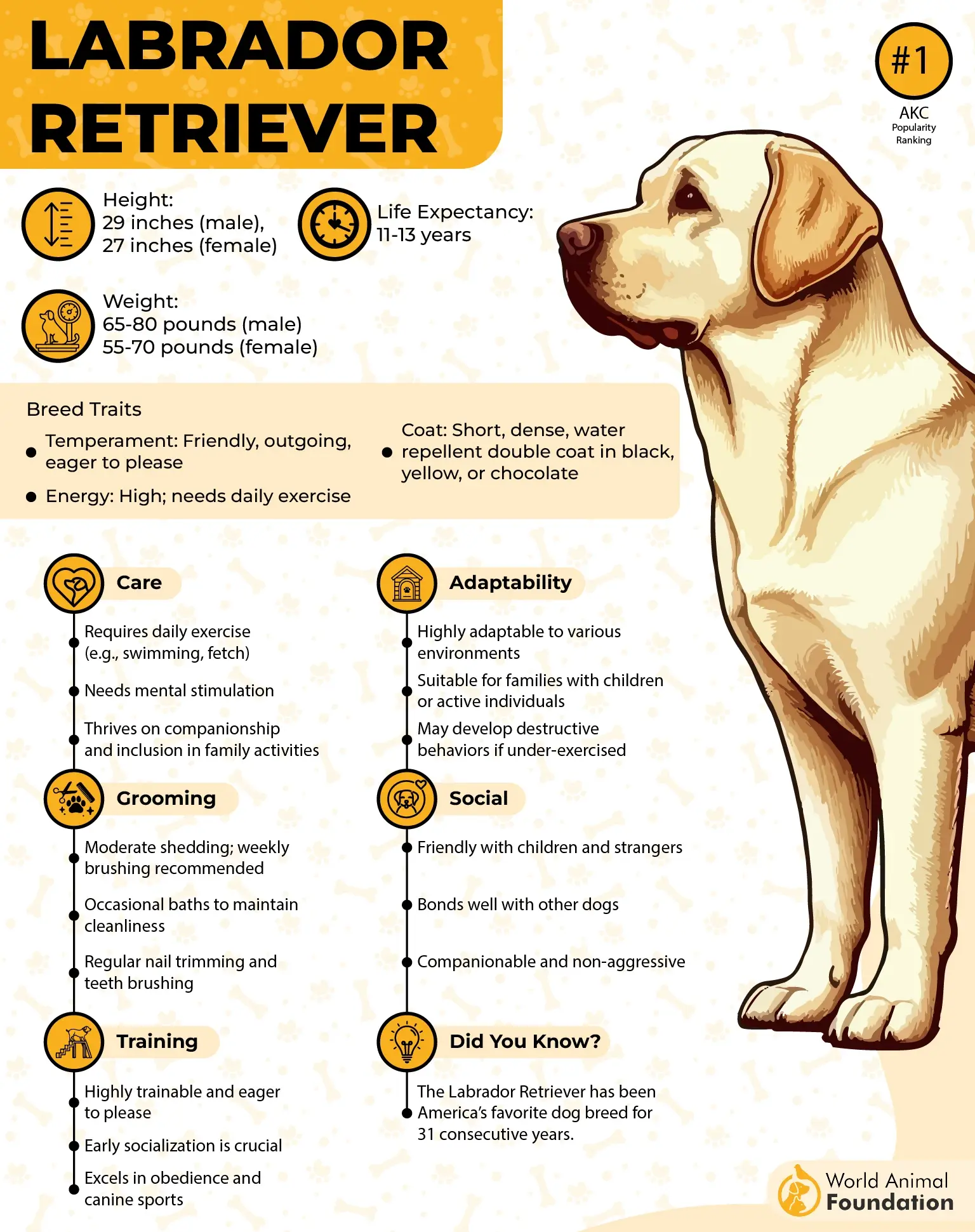
The Golden Retriever is known for being friendly and eager to work, making it an excellent family pet. This breed has also been successfully trained as guide dogs for the visually impaired.
According to Britannica, they can make decent watchdogs, but their friendly disposition makes them less effective as protection dogs.
What makes a Lab the perfect water sport buddy?
✅ Labs have webbed paws that act like paddles, making them glide through water like little furry speedboats. You’ll swear they’ve got some secret dolphin blood in their veins.
✅ Planning a quick splash? Think again. Labs have energy reserves that make Energizer bunnies jealous. You’ll be out of breath first.
✅ Toss a ball, stick, or even a random piece of driftwood, and watch your Lab launch into superhero mode. Bonus points if they manage to shake off water all over you when they get back.
✅ Feeling nervous about your first kayak ride or paddleboard wobble? No worries—your Lab’s goofy grin and wagging tail will remind you it’s all about having fun.
While Golden Retrievers require at least an hour of vigorous exercise daily, much of this can be fulfilled through games of fetch and other retrieving activities. They are great companions for hiking and jogging in cooler weather.
However, early training can be challenging due to their tendency to get easily distracted. Without proper training, walking them on a leash can be difficult because of their curiosity and playful nature.
Just a heads up: if you’re not a fan of getting soaked (and I mean soaked), maybe keep a towel handy. Labs have mastered the art of the “shake off,” and trust me, you will be caught in the splash zone.
Their thick double coat is a built-in wetsuit that keeps them warm and dry enough to keep swimming… all day.
In short, if you want a water sports partner who’s enthusiastic, tireless, and ridiculously adorable, bring a Lab along. They’ll bring the fun, the splashes, and maybe a little chaos too (but that’s half the joy, right?).
2. Portuguese Water Dog
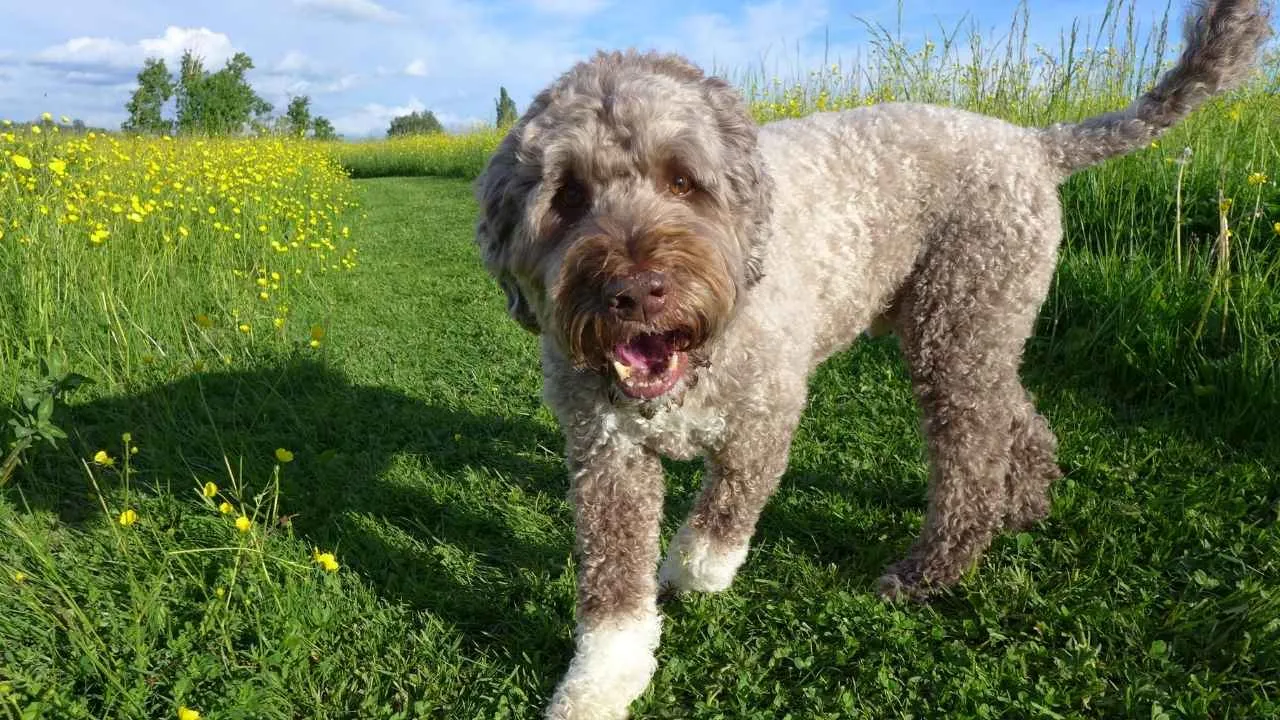
If Labradors are the water party starters, Portuguese Water Dogs are the expert navigators—basically your canine captain on any water adventure. These pups were born to work the waves, originally helping Portuguese fishermen by herding fish and delivering messages across boats. So, yeah, they know their stuff.
They can reach up to 23 inches in height and weigh between 35 to 60 pounds. They are beloved companions in many homes across the U.S. With their energetic nature, this fluffy and friendly water dog breed is especially well-suited for active pet owners.
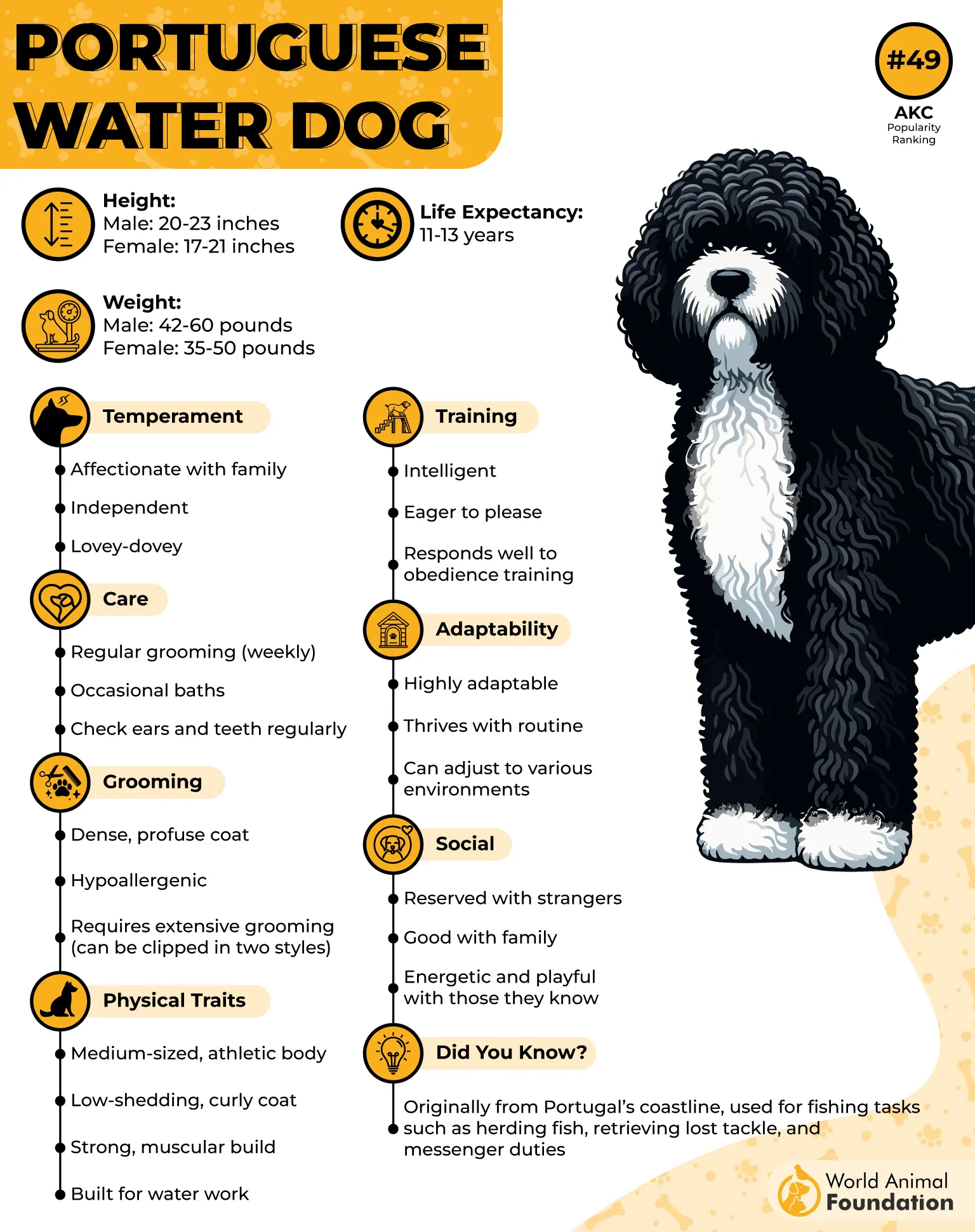
They love people and will happily join every water sports party. Fair warning: their enthusiasm means they’ll try to “help” you stay afloat, sometimes by climbing on you mid-swim.
What makes them excellent swimmers? Check this out:
✅ Their curly, water repellent coat is a built-in life jacket. It keeps them warm and buoyant, even when the water’s a bit chilly.
✅ With webbed feet that make them swim like little sea otters, they’re ready to paddle all day long without breaking a sweat (or a fur).
✅ These dogs aren’t just about muscles—they’ve got brains too. They’ll quickly learn to fetch your paddle, herd your kayak back if it drifts away, or be your loyal watersidekick in any way you need.
This means pet parents need to be ready to give their energetic Portuguese Water Dog plenty of attention and exercise, ideally between 30 to 60 minutes each day.
So, if you want a water-loving dog who’s as smart as they are splashy—and who might just steal the show at your next beach day—look no further than the Portuguese Water Dog. Just don’t be surprised if they start demanding their own captain’s hat.
3. Chesapeake Bay Retriever
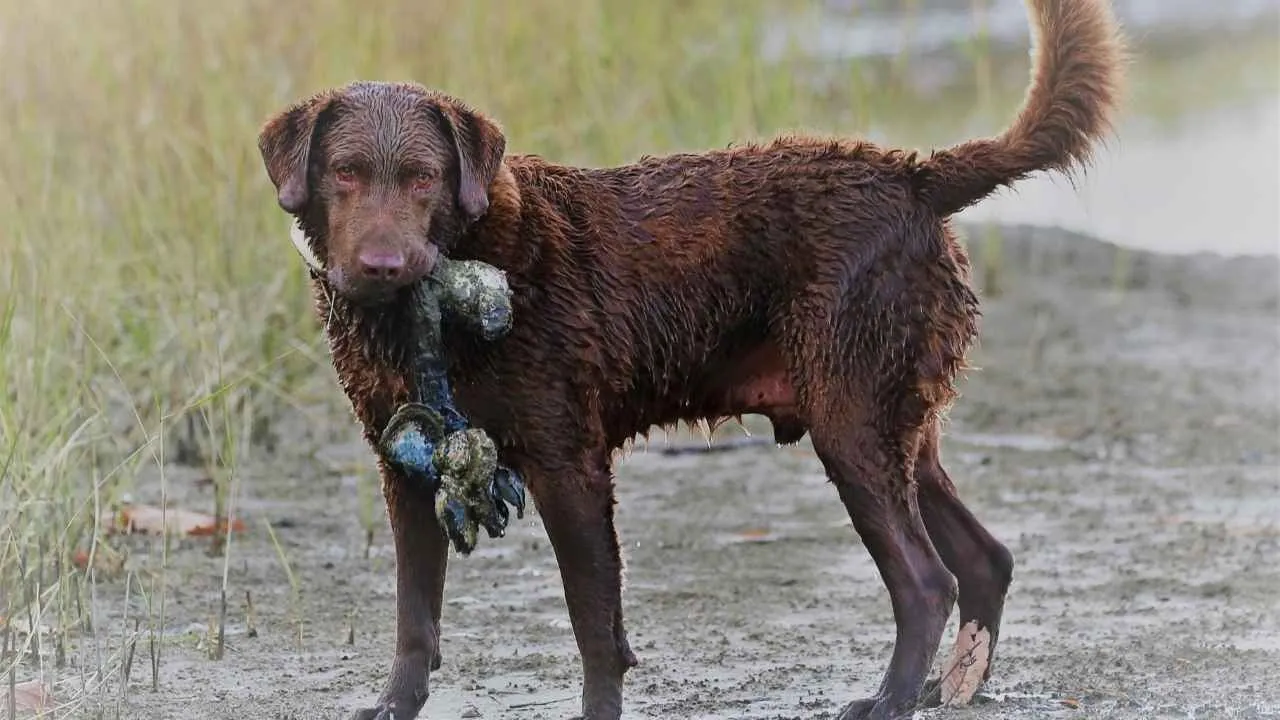
Meet the Chesapeake Bay Retriever—the dog version of a rugged lifeguard who takes their job very seriously. Known as the “Chessie,” these pups were bred to work in icy, rough waters and bring back waterfowl, no matter the weather. If your water sport involves battling waves or chilly conditions, Chessie’s your go-to.
The Chesapeake Bay Retriever, often called the Chessie, is a delightful dog breed that hails from the United States and is recognized as one of the genuine American breeds still around today.
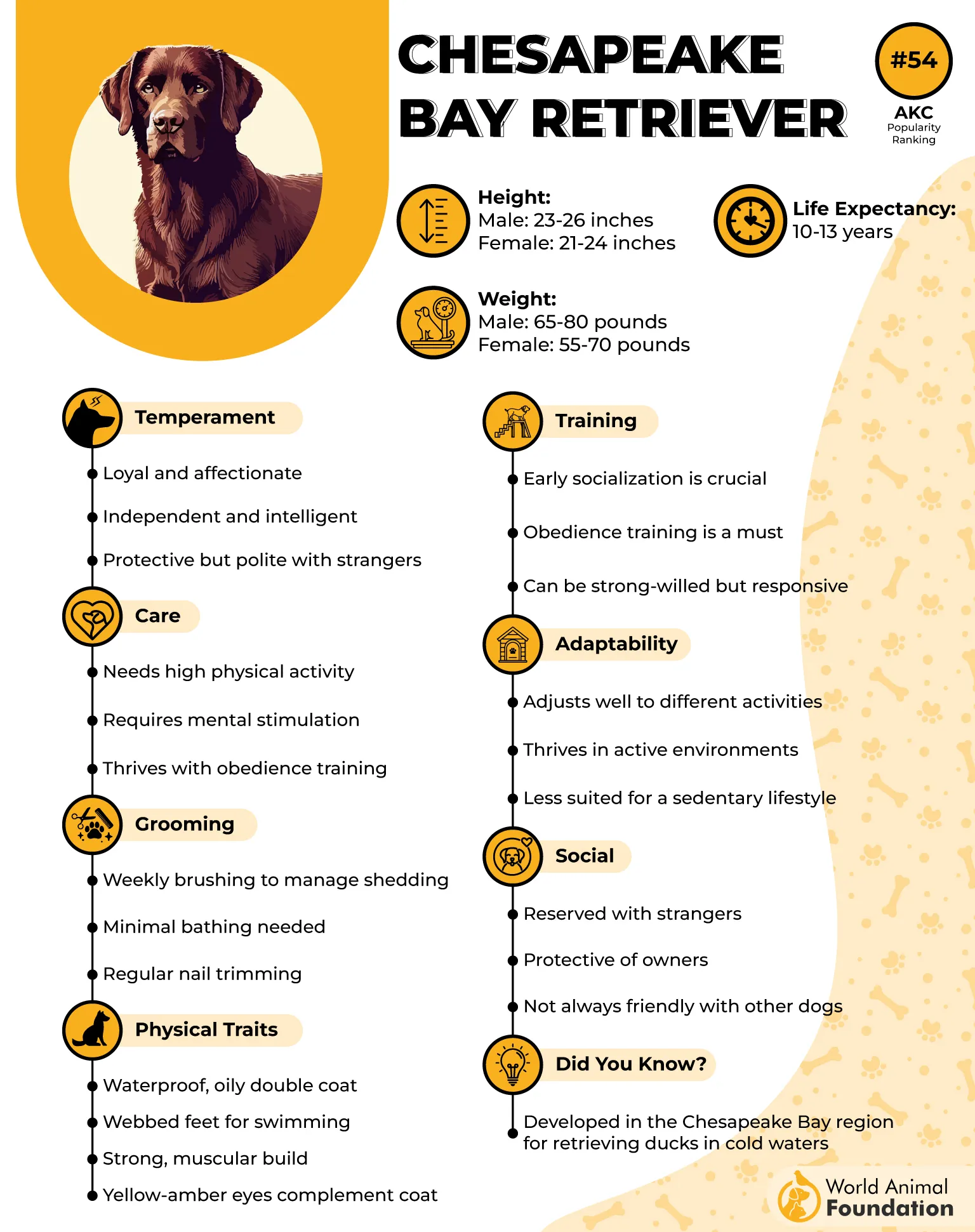
Chessies are muscular swimmers with powerful strokes. They’re basically the heavyweight champions of doggy water sports.
The Chessie is exceptionally well-suited for its role as a waterfowl dog, boasting strong swimming abilities and a natural instinct to retrieve downed game. While the Chessie can make a wonderful family pet in the right home, it’s important to remember that this breed is quite different from a Labrador.
Here’s why Chessies rock as swimming dogs:
✅ Their dense, oily coat is like a built-in raincoat that keeps them warm and dry, no matter how wild the water gets.
✅ These pups don’t back down from rough conditions. They’ll happily plunge into cold water and come back with whatever you need—whether it’s a toy, a stick, or your dignity after a wipeout.
✅ Chessies have a heart as big as the ocean. They bond deeply with their humans and make loyal, protective water buddies who’ve got your back on and off the water.
They can be a fantastic family pet in the right environment; however, it’s important to remember that this breed is quite different from a Labrador. Training a Chessie demands a blend of firmness and patience, as they are often regarded as stubborn or strong-willed.
Warning: Chessies take their water jobs seriously, so don’t expect much goofiness in the waves—though they’re plenty fun on dry land! If you want a dependable, tough, splash-loving partner for your water adventures, this is the breed to call.
4. Leonberger
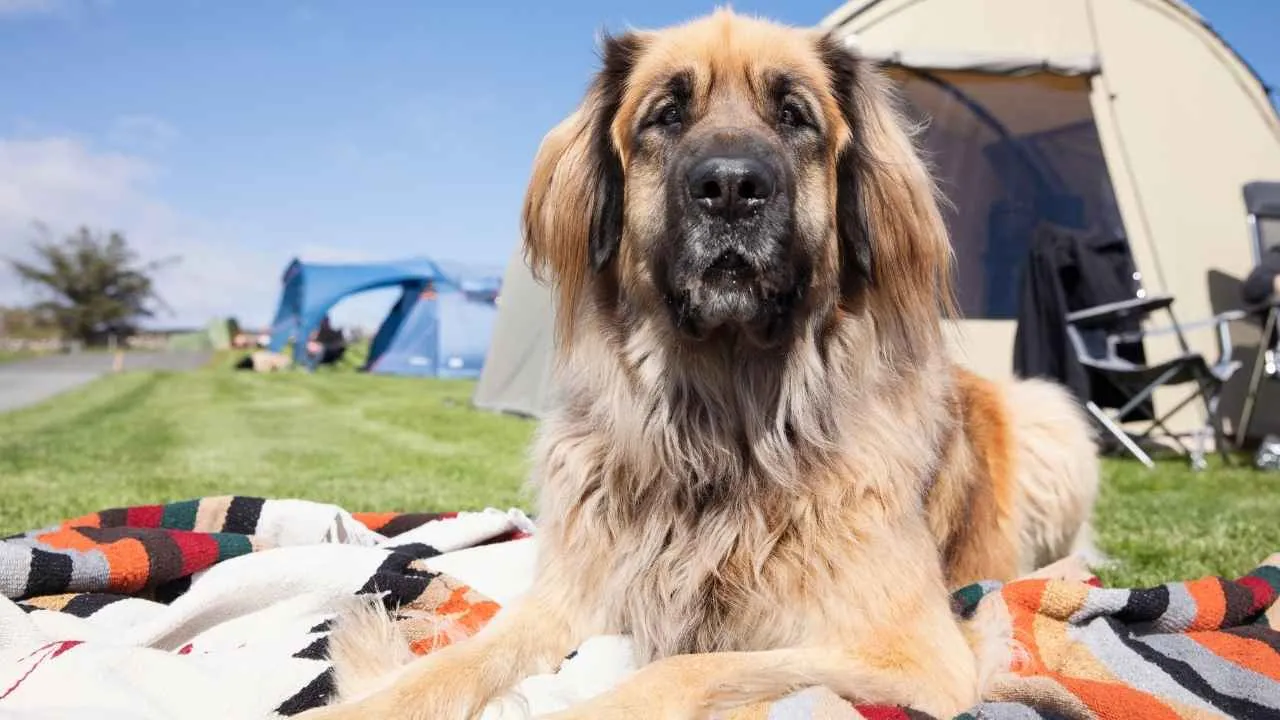
Imagine a dog so big, fluffy, and majestic that when it jumps in the water, it’s basically a floating cloud of awesome. That’s the Leonberger for you! Don’t let their size fool you—they’re total softies who love to paddle around and join in on water fun.
Males typically stand between 28 to 31.5 inches tall at the shoulder and weigh between 110 to 170 pounds. Females are slightly smaller, usually measuring 25.5 to 29.5 inches in height and weighing between 90 to 140 pounds.
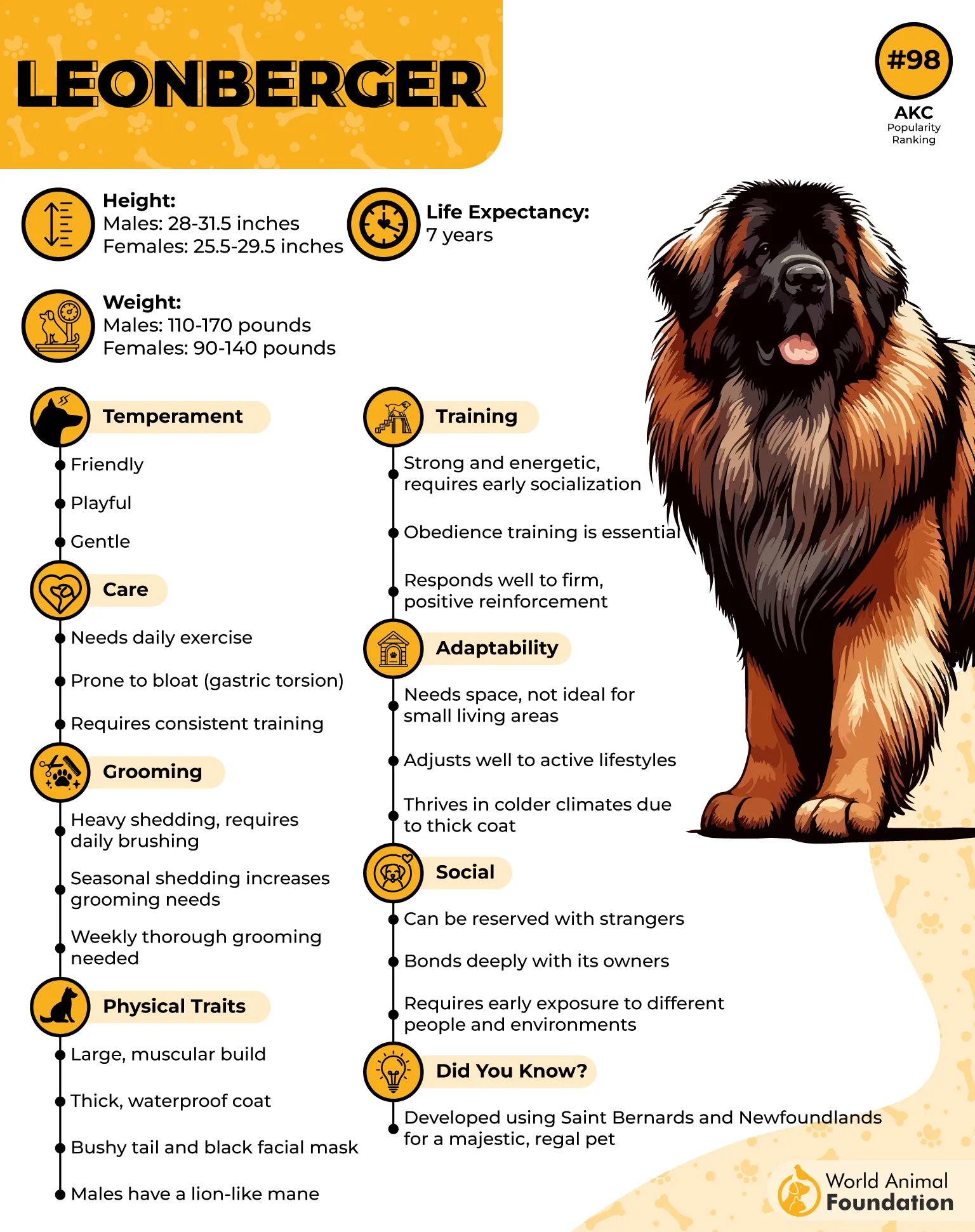
Don’t try telling the Leonberger he’s too big to be a lapdog—these affectionate giants love to snuggle and often forget their massive size when seeking closeness with their humans. Like many large breeds, their lifespan tends to be on the shorter side.
Thanks to its friendly and sociable temperament, the Leonberger makes an excellent family pet and remains a devoted and well-behaved companion in all circumstances. Its natural alertness and bravery also make it a dependable watchdog, always ready to safeguard its loved ones.
Why Leonbergers make strong swimmers:
✅ When a Leonberger dives in, expect waves—like, real waves. Perfect if you want your water park wherever you go.
✅ These gentle giants have big paws and broad chests that make them surprisingly graceful in the water, like an elegant, furry boat.
✅ They’re chill and happy to hang out with you, whether you’re splashing around or just relaxing by the shore.
Leonbergers are smart and quick learners, yet they have a playful, goofy side that calls for an owner who has a good sense of humor and patience for their silly behavior.
Being a giant breed, the Leonberger needs specific living conditions. They thrive best with plenty of space and are generally not suited for apartment living. With proper training and regular exercise, they become calm and well-behaved household companions—but without these, they can become destructive.
Fluff Alert: Wet Leonberger = a very large, very soggy teddy bear. Caution: drying time may take longer than your actual swim. If you want a water companion who’s equal parts majestic and adorable, the Leonberger is your go-to giant fluffball.
5. Irish Water Spaniel
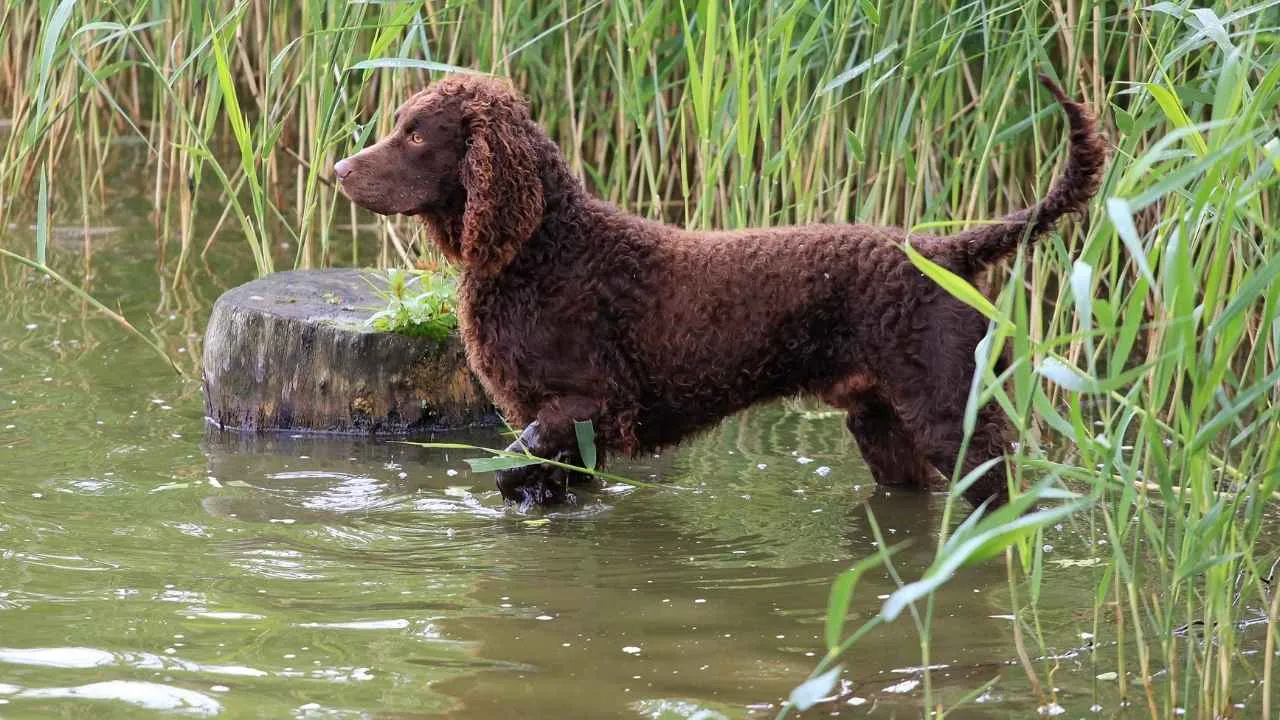
Meet the Irish Water Spaniel, the curly-haired powerhouse of the water dog world. They look like they’re wearing a wet mop on their heads, but don’t underestimate these athletes—they’re speedy swimmers and enthusiastic water lovers.
The Irish Water Spaniel is a medium-sized sporting dog breed from Ireland, known for its distinctive appearance. It features a trademark topknot of tight curls on its head and a smooth, tapering “rat tail” that lacks curls.
Interestingly, the Irish Water Spaniel is the tallest of the American Kennel Club-recognized spaniel breeds, typically standing between 21 and 24 inches tall.

Irish Water Spaniels are affectionate, eager to please, and highly intelligent. They tend to be closely attuned to their humans and thrive when given a job to do, making them excellent companions for active families or individuals.
Why you’ll love water sports with an Irish Water Spaniel:
✅ Their waterproof curls protect them from cold water and keep them buoyant. Plus, they shake water off in the most dramatic fashion—prepare for splash art!
✅ These pups are like little water rockets—fast, agile, and always up for chasing floating toys or racing you across the lake.
✅ Irish Water Spaniels catch on quick, so you can teach them tricks like fetching your paddle or even turning your kayak around (just kidding… or am I?).
Plan to give your Irish Water Spaniel plenty of daily exercise, along with early training and socialization. This high-energy breed thrives on activity and needs at least one to two hours of vigorous exercise each day.
In addition, the Irish Water Spaniel requires some specialized grooming to maintain its distinctive curly coat.
They bring the fun and a little bit of quirky personality, perfect for anyone who wants a splash buddy with character.
6. Spanish Water Dog
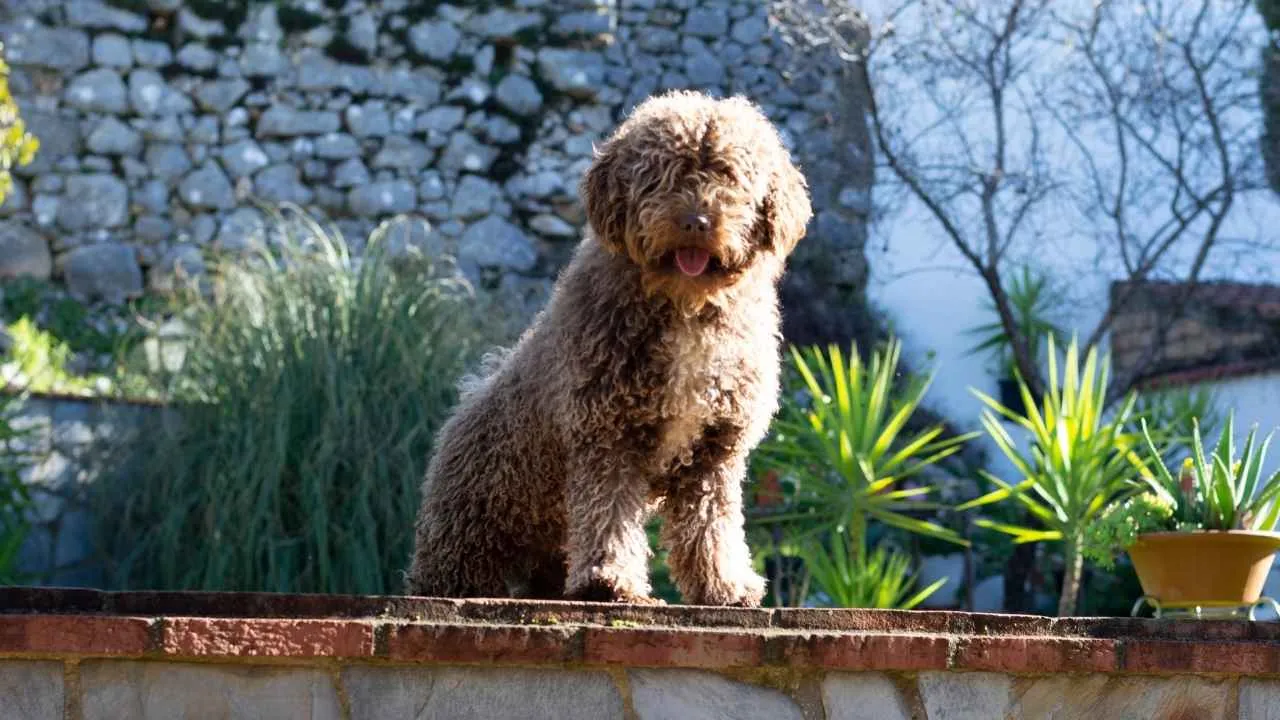
If you want a water dog that’s got the skills, the smarts, and the style, the Spanish Water Dog is your breed. They have also been used as versatile working dogs—herding sheep and goats on farms and even assisting fishermen.
The most distinctive feature of the SWD is its curly coat, which comes in a variety of colors, including solid black, beige, brown, or white, and some may have bicolor coats, always with white as the secondary color.
SWD are medium-sized with wide-set hazel or brown eyes, triangular ears, and often have docked tails.
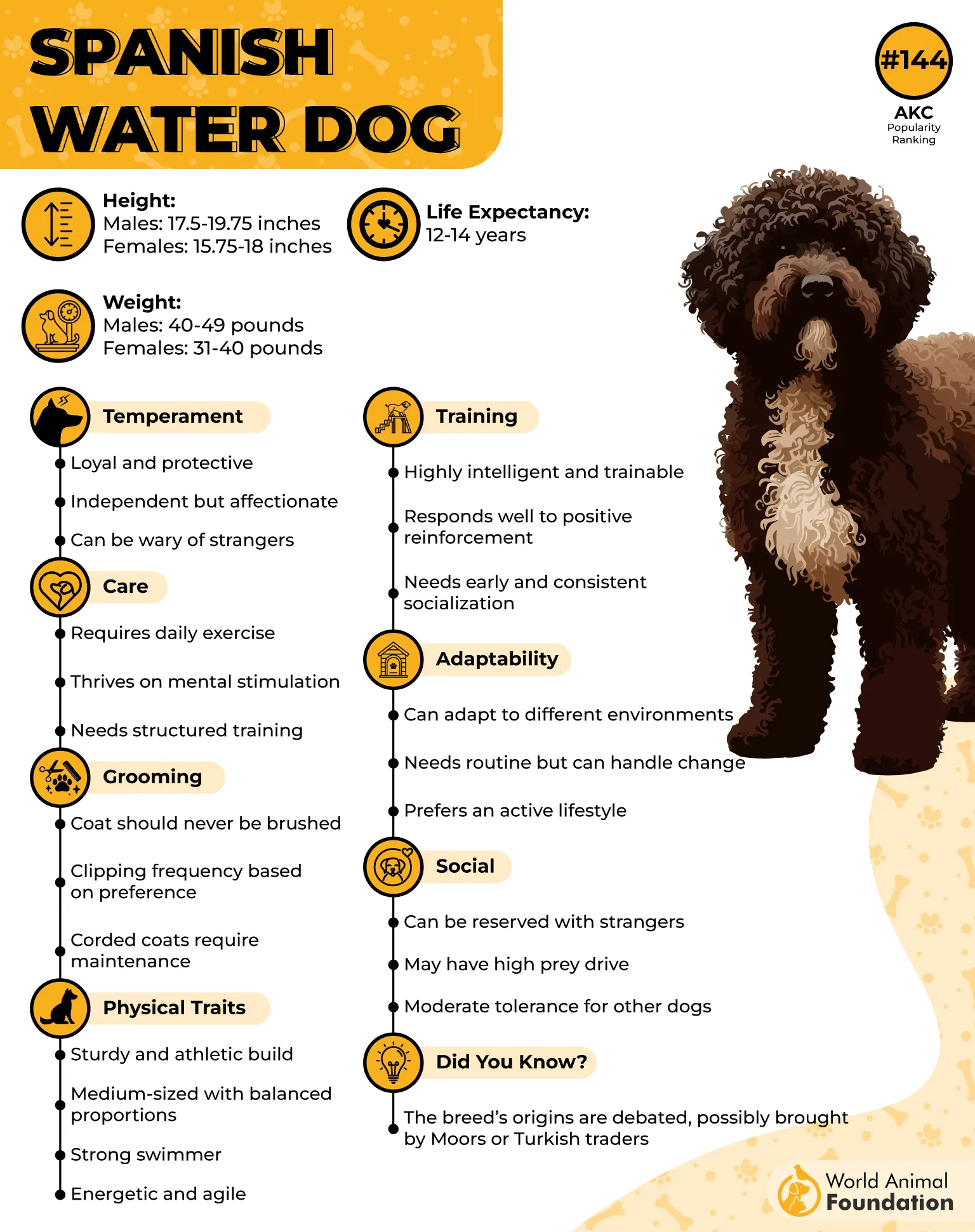
According to VCA, SWD are often described as “Velcro dogs” because, while they bond with the whole family, they tend to form an especially strong attachment to one person.
What makes the SWD a top water sport partner:
✅ Their curly, wool-like coat is tough and protective, perfect for all kinds of water conditions.
✅ These dogs are nimble swimmers and love to work alongside their humans, whether it’s herding ducks or just splashing around.
✅ They’re focused and attentive, making sure your water adventures are both fun and safe.
Fun Fact: Their “corded” coat looks like dreadlocks—so you get an instant cool factor every time they shake off water.
The curly, non-shedding coat of the Spanish Water Dog is relatively low maintenance. It typically needs to be shaved down once or twice a year. As the coat begins to cord, occasional help is required to keep the cords tidy and prevent matting.
Spanish Water Dogs are the perfect mix of brains, brawn, and style—ready to join your water crew with flair.
7. Standard Poodle
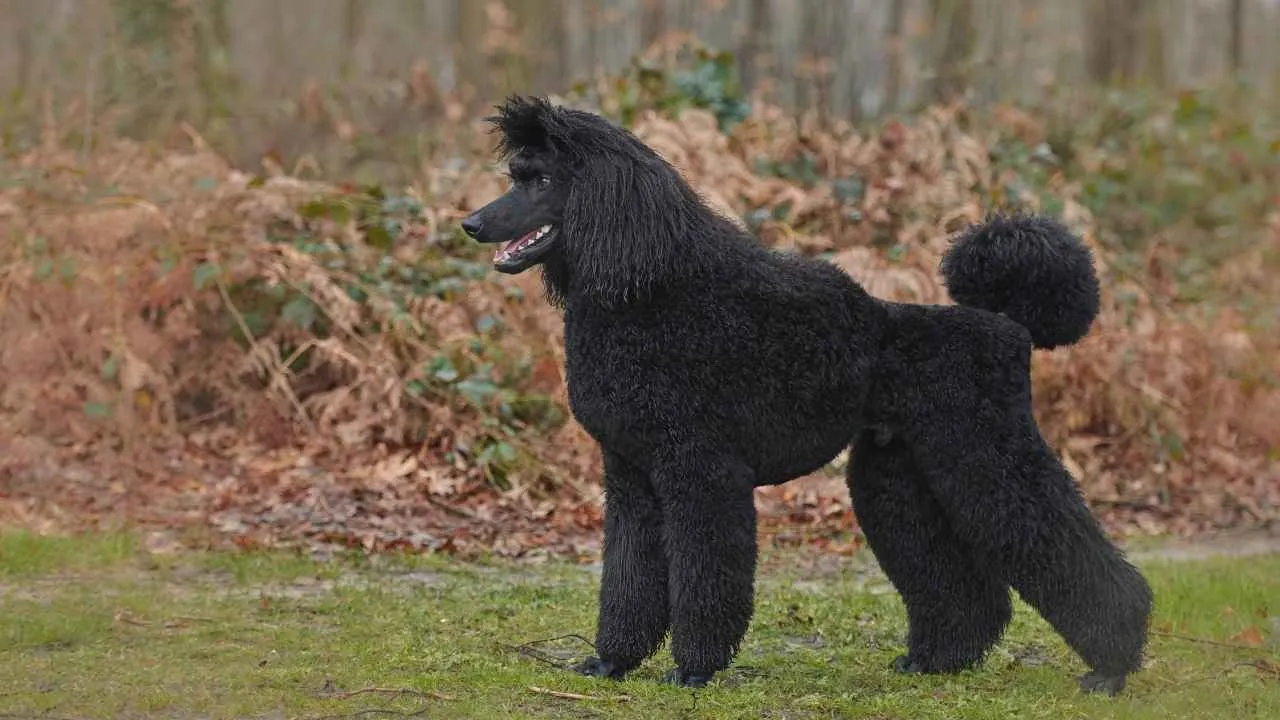
Poodles aren’t just show dogs; they’re water-loving athletes with style and smarts. The Standard Poodle has been a water retriever since forever, so if you want a splashy, sophisticated water buddy, this is your dog.
The Standard Poodle is a medium to large breed, standing 18 to 24 inches tall at the shoulder and weighing between 40 and 70 pounds.
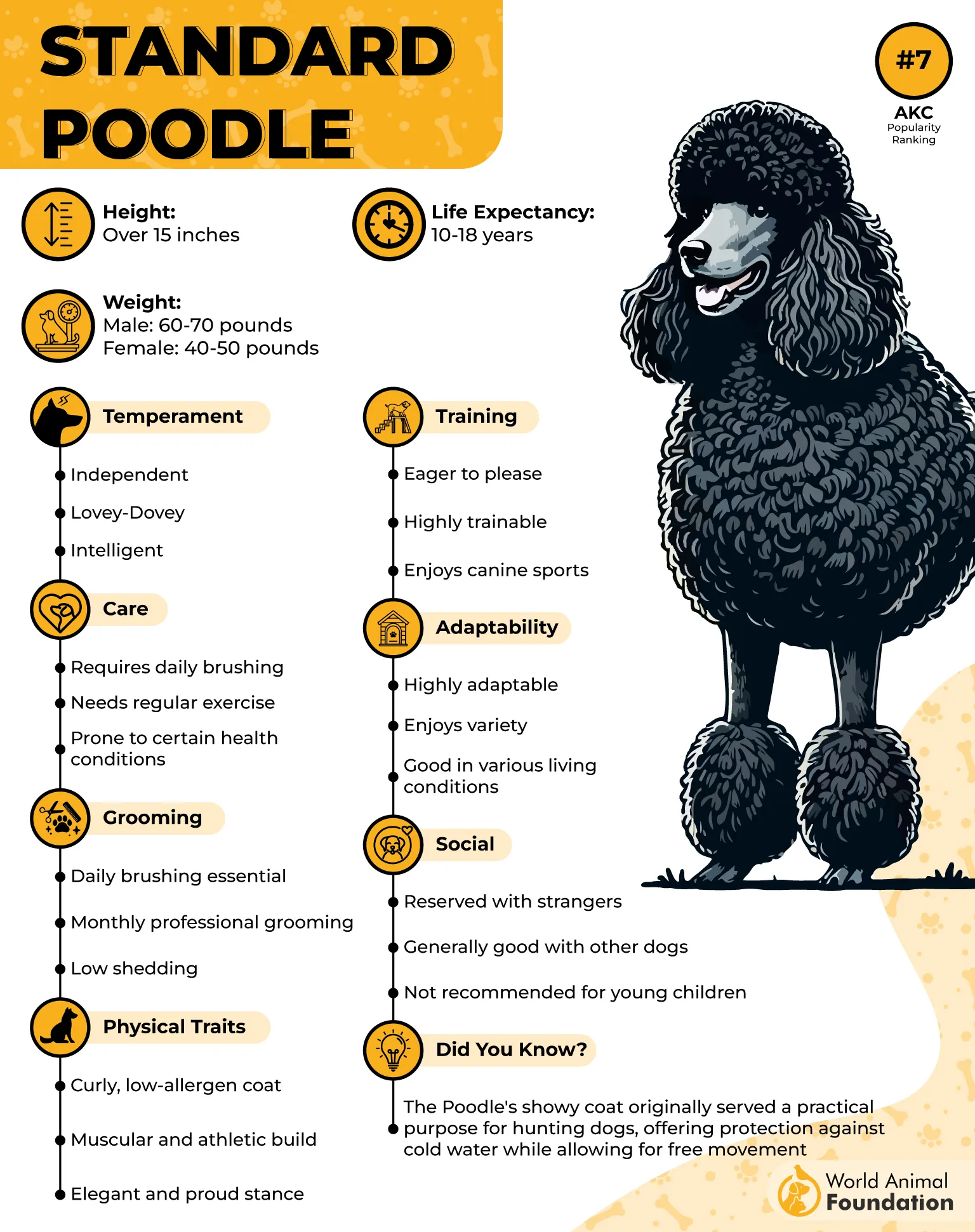
They have soft, curly coats that come in a range of colors, including black, white, red, silver, brown, and parti-color (white with solid-colored patches).
Why Standard Poodles rock water sports:
✅ Their curly fur is naturally water-resistant, helping them stay warm and quick in the water.
✅ Poodles are brainiacs who pick up commands fast. Want them to fetch, dive, or perform a water ballet? They’re in.
✅ Their long legs and slim build make them graceful swimmers who can keep up with the best of them.
Generally, they are a healthy breed with no major predisposition to specific health issues, though owners should still be aware of a few potential conditions.
PetMD notes that the Standard Poodle is eager to please and highly trainable. Their intelligence and responsiveness have made them popular performers in circuses and on stage throughout history.
When given enough outlets for their energy, Standard Poodles typically do well with children. However, their lively nature and size mean they might be too energetic for very young kids and could accidentally knock them over during play.
Bonus: They look fabulous wet or dry—like a walking, swimming fashion icon.
Conclusion
Dog breeds for water sports, like the Labrador Retriever, Nova Scotia Duck Tolling Retriever, French Water Dog, Boykin Spaniel, American Water Spaniel, Flat-coated Retriever, and Cocker Spaniel, are specifically bred for their natural swimming abilities and strong affinity for water-related activities. These purebred dogs, recognized for their water-resistant coats, webbed feet or paws, and keen sense to retrieve waterfowl and game, excel at swimming, often using a doggy paddle technique.
Originally bred to work alongside fishermen, they lure and retrieve ducks in freshwater, even in frigid temperatures. Their swimming prowess and love for water make them avid swimmers who benefit from positive reinforcement during training. Whether flat-coated, curly-coated retrievers, or other dogs, these breeds are excellent companions for pet parents who enjoy fishing, water sports, and outdoor adventures, with the added safety of life vests when needed.


